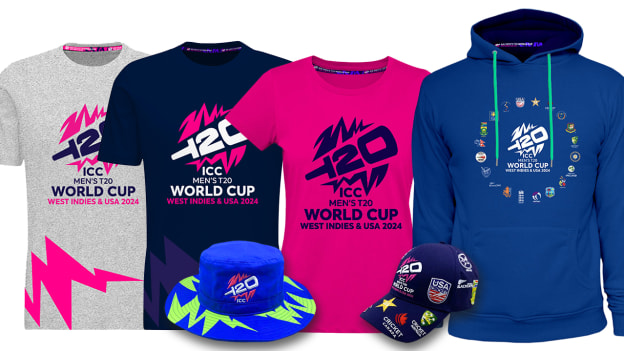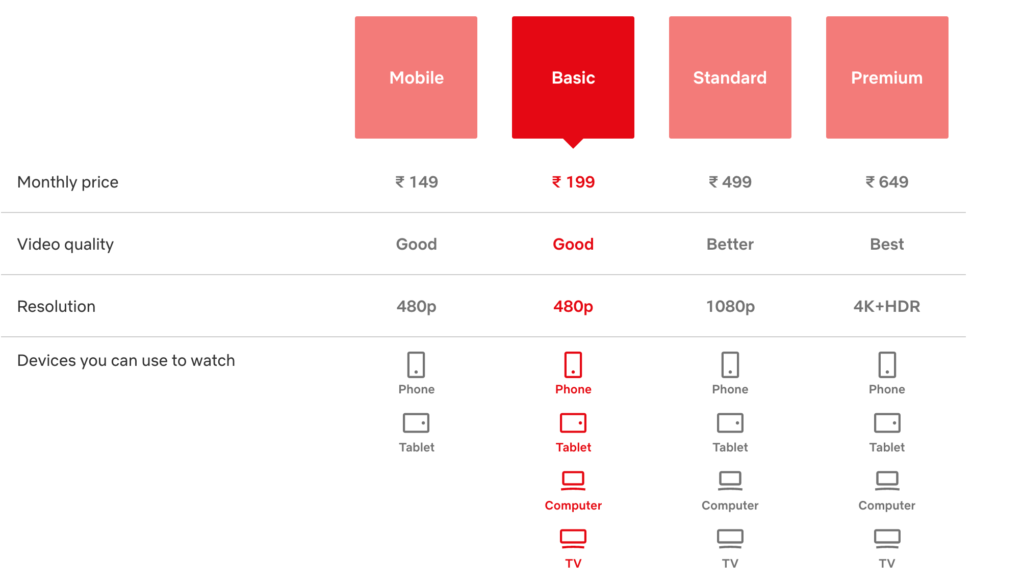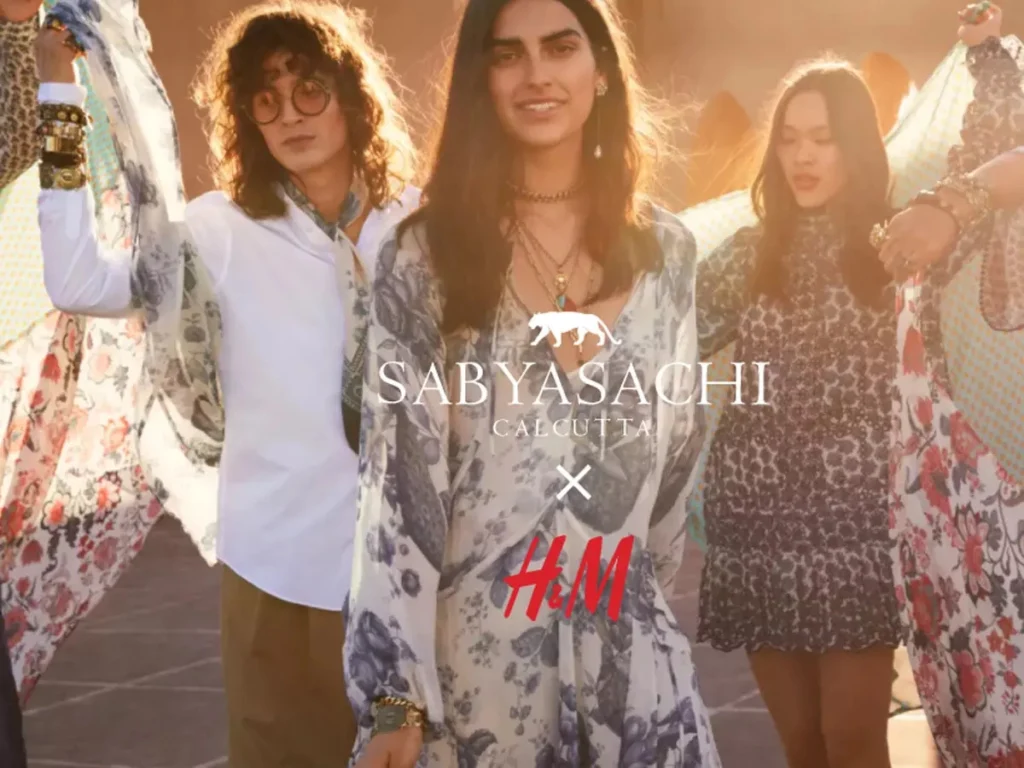The Time-Based Marketing Strategy of Brands

Time is of the essence for brands, who use tactics that capitalise on cyclical trends, cultural events, technology breakthroughs, and even economic slumps
Companies use time to their advantage by carefully crafting their interactions with customers and capitalising on certain junctures in societal, economic, and cultural settings. That is, they need to be able to anticipate changes in customer behaviour, social trends, and technology developments, and then put themselves in a position to attract attention, generate demand, and build value. Some examples of how companies use time effectively are as follows:
Seasonality and Timing of Product Launches
The ebb and flow of customer demand is a golden opportunity for many companies. Seasonal collections, such as spring/summer and fall/winter, are released by fashion companies in response to the seasons. Electronics companies do the same thing, releasing new items around major sales events like the holidays, Diwali, Onam etc
- Events-Related Merchandise
Companies schedule the debut of new products around big sporting events, such as the Olympics, the World Cup, the IPL, etc. By launching these products around certain events, brands may take advantage of increased customer involvement and generate a sense of urgency.

- Limited Editions
To make customers feel like they need to act quickly, many brands propose limited-time promotions. For instance, customers see a surge in demand when limited-edition collaborations between fashion firms and celebrities or artists are announced. This is because they are afraid of missing out on the opportunity.

Cultural Relevance
- Riding the Trend Wave
To make their products seem fresh, brands carefully monitor societal changes and trends. For instance, companies like Patagonia and Tesla have released environmentally friendly goods that cater to the prevailing cultural mood whenever there has been a surge in environmental consciousness.
- Using Nostalgia
Brands use nostalgia to capitalise on customers’ sentimental attachment to simpler older times. The timing of debuts like this uses emotional links to drive curiosity and sales, whether it’s Nike re-releasing iconic trainers or media corporations renewing old TV series.

- Social Movements
Companies frequently try to schedule their advertising to fit in with major global topics or social movements. Many companies, for example, catered to the public’s and consumers’ worries about health, well-being, and community during the COVID-19 epidemic.
Limited-Time Offers & Sales
- Time-sensitive sales and promotions
Brands get people to take action right away by making promotions that are both short-lived and valuable. To generate huge sales, platforms like Amazon use this strategy extensively on Prime Day and other limited-time sales events.

- Time-Sensitive Discounts
A strong sales tool is urgency. “Sale Ends Tonight” or “24-Hour Flash Sale” are examples of the kind of time-sensitive email notifications that retailers use to entice customers to make a hasty purchase.
Taking Advantage of Transitional Times
- Life Stages
Moving into a new house, getting married, and having a kid are all examples of major life transitions that brands take advantage of. Opportunities for upselling goods and services may be created via targeted marketing around these occasions. To cash in on these shifts, companies like IKEA also centre their advertising on first flats or home renovations.


- Technological Progress
Another crucial strategy for firms to maximise profits is to time product debuts in conjunction with technology improvements. For example, Apple has perfected the timing of product releases to coincide with peak customer interest in technological progress for quite some time. Consistent engagement and revenue growth are guaranteed by strategically timing product changes.
Creating Brand Rituals
- Consistent Timing for Major Events
By producing regular and highly anticipated events, many businesses can create their moments. A prime example of this is the yearly product launch event that Apple hosts for the IT industry. Everyone from customers to media to industry watchers looks forward to this annual event with great anticipation.

- Cultural Anchors
A lot of people are looking forward to Starbucks’ annual Pumpkin Spice Latte release. The company has elevated the drink to the status of a cultural phenomenon, causing annual buzz, discussions, and substantial sales, by restricting its release to the autumn.
Exploiting Downtime and Economic Downturns
- Innovation During Downturns
During economic downturns, brands typically innovate, according to history. In response to shifting consumer demands brought on by the economic downturn of 2008, new companies emerged, such as Slack, Airbnb, and Uber. Companies that put money into new products and services when times are sluggish usually end up making more money when things pick up.
Please read – https://onlykutts.com/index.php/2024/09/17/downturns-lead-to-innovations/
- Presenting Less Expensive Options
In times of economic downturn, several businesses change their strategies by introducing more affordable versions of their formerly luxury items. To help customers who were struggling financially during the COVID-19 epidemic, for instance, some high-end firms redirected their attention to more reasonably priced products.
Cultivating Brand Loyalty Over Time
- Subscription Models
Companies that want to keep their customers around for the long haul utilise subscription models. These businesses increase customer loyalty and guarantee a constant flow of funds by gradually releasing exclusive content or premium services.

- Loyalty Programs
Credit card incentives, frequent flyer miles, and other time-based loyalty programs incentivise customers to make larger purchases now in the hopes of receiving larger benefits later on. This approach guarantees ongoing involvement and customer loyalty.

Monetizing Pop Culture and Memes
- Agility in Trend Capitalization
To maintain their relevance in real-time, brands have become quite good at capitalising on memes and other events in pop culture. To increase their brand’s visibility and communicate with consumers immediately, Wendy’s utilises Twitter to participate in cultural debates and popular memes.
- Brand Collaboration
One such way is to team up with famous people from pop culture. A good example would be a collaboration between a fashion house and a musician or a luxury label and a streetwear label to produce limited-edition, extremely desirable goods.

Exploiting FOMO (Fear of Missing Out)
- Exclusive Drops
A feeling of exclusivity has been created by brands, particularly in the streetwear and luxury industries, by the use of time-limited product launches. One example is the “drop culture” that Supreme and other companies have popularised; it takes advantage of FOMO by making people buy things on the spur of the moment because they are afraid they may sell out.

- Early Access
For a limited time, customers may get early access on exclusive items and services from certain businesses. They want people to join premium memberships or loyalty programs so they can have early access to new products before everyone else.

Conclusion
Time is of the essence for brands, who use tactics that capitalise on cyclical trends, cultural events, technology breakthroughs, and even economic slumps. Marketing activities may be fine-tuned to increase sales by learning when customers are most likely to interact and make purchases. To maximise revenues and stay relevant in a fast-moving market, time is of the essence, whether by capitalising on nostalgia, aligning with social movements, or launching time-limited specials.




1 Comment